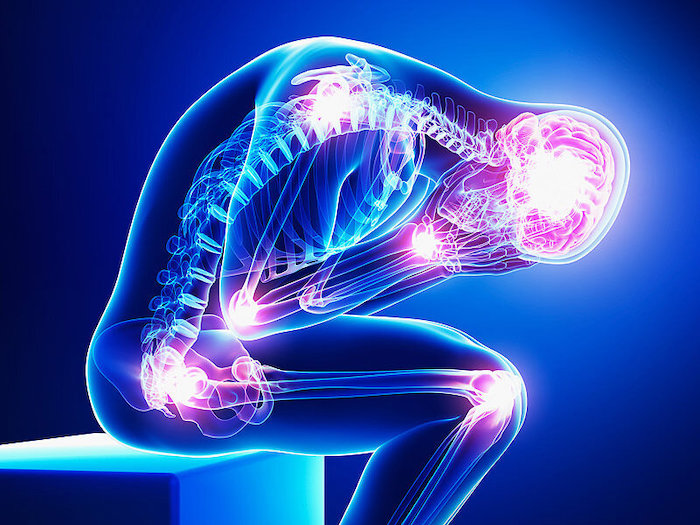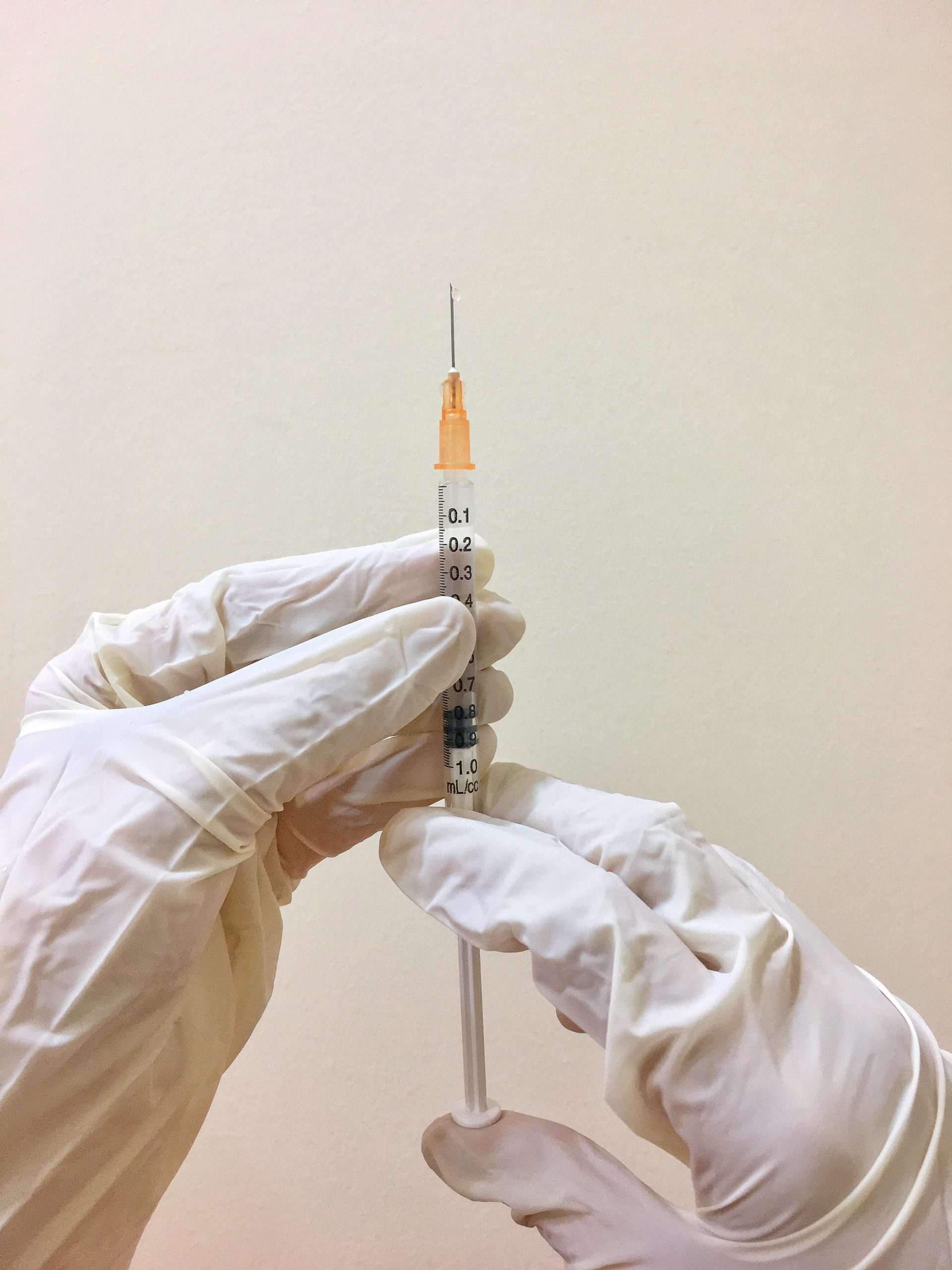Neuropathic pain
Neuropathic pain is frequently described as a shooting or burning sensation in parts of the body. Although it can resolve spontaneously, it is frequently chronic. Nerve injury or a dysfunctional nervous system are common causes. Nerve damage affects nerve function both at the location of the injury as well as in the surrounding tissues.
Phantom limb syndrome is one type of neuropathic pain that can occur. When an arm or a leg is removed due to disease or accident, the brain still receives pain signals from the nerves that are used to carry impulses from the missing limb. These nerves have now incorrectly activated, resulting in pain.
The Development of Neuropathic Pain
In many cases following an injury or trauma, the nerves become damaged or malfunctioning, leading to hypersensitivity of pain. The nerves then send out defective pain signals even when the injury is healed. In the peripheral or central nervous system, the initial injury might occur.
Neuropathic pain is a chronic illness, or neuropathy, which means it doesn’t go away. Instead, suffering becomes the process of sickness. Sentinel peripheral neuropathy and peripheral neuritis are sometimes used to characterize peripheral nerve neuropathy.
An estimated 8 to 10% of persons suffering from nerve pain. This paper analyses neuropathy and chronic back pain and the relationship between these two illnesses. They also say that Gabapin and other medications can help in this pain.
Neuropathic Back Pain
It is no wonder that many forms of chronic back pain are caused by some form of neuropathic pain, because of the spinal cord. Where pain is represented by the brain’s nerves as a consequence of tissue damage, neuropathic pain is induced either by compression, trauma, loss of blood circulation, infection, and so on. A bulging or hernial disc is the most common cause of neuropathic back pain.
Since the spinal cord and its many nervous roots run throughout the spine and connect to the peripheral nervous system across the body, it is easy to push one of these nerve roots through these swollen or damaged discs, which cause pain, weakness, shaking, and other symptoms in various parts of the body.
The most common is sciatica, in which bulging discs compress the nerve roots of the sciatic nerve in the bottom back. The outcome is soreness that runs down through the buttocks and thigh. The source of nerve compressions in the back is not necessarily swollen or degenerating discs. Tense muscles, inflammation caused by injury or illness, and cancer are some factors. These nerve compressions can develop throughout the spinal cord.
Spinal stenosis, which describes the narrowing of the spine’s space, can compress and cause a variety of symptoms such as loss of strength and control, as well as significant pain at multiple locations around the back. Direct nerve or surrounding tissue damage can lead to neuropathic pain owing to scarring. Another major cause of neuropathic pain in the back is demyelination.
Neuropathy causes back pain.
Neuropathy may be caused by any sort of discomfort that compresses or affects the nerve. For example, a herniated disc could press against a neighboring nerve to cause pain. It’s never gonna be easy to tolerate back pain during work, patients are mostly prescribed by Gabapin 300 mg to improve neuropathic pain. Neuropathic back pain or spinal pain may include:
- Chronic pain that radiates the leg (lumbar radiculopathy, or sciatica)
- Chronic pain that radiates up the arm (cervical radiculopathy)
- Back pain that begins gradually and lingers is usually referred to as failed back surgery syndrome.
Regional pain syndrome (RPS) and diabetes are prominent causes of neuropathy. Other causes include injury, sickness, infection, toxin exposure, and substance abuse. The cause cannot always be identified.
Neuropathy might make it difficult to carry out daily tasks.
Neuropathic pain typically makes movement uncomfortable and reduces mobility. It is possible that being inactive will lead muscles to deteriorate, thus limiting functional ability. Many persons with neuropathy cannot work.
Back pain or other neuropathic pain is often described as follows:
- Shocks like electricity, shooting, lightning, or stubbornness
- Deep, hot, or chilly
- Persistent confusion, tingling, or weakness
- Illness goes along the way to the arms, hands, legs, or feet
The skin may be stained in the sore area and look more rosy or red than usual. In certain situations, the skin may look blue or speckled. Color changes are frequently associated with blood flow alterations. Some people are also swelling.
Many persons with neuropathic pain also have sleep difficulties and depression, which can exacerbate pain perception. A holistic approach to pain treatment can help address all elements of a person’s health.
Unusual neuropathic sensations
Neuropathic pain can be sensed in unique ways, such as:
- Hypersensitivity to light, which normal people would hardly perceive, is called allodynia. For example, the feeling of garments against the skin could provoke a reaction.
- Hyperalgesia is a sensitivity to something that is somewhat painful to others.
- Hypoesthesia is an exceptionally low feeling of hot or cold.
- An electric jolt or a pin-and-needle sensation, known as paresthesia, when there is no contact.
Sensory tests can be performed to see how the person reacts to various sorts of physical contact.
Neuropathic pain treatment
In order to establish the cause or rule out a probable cause, electromyography and nerve conduction investigations, blood tests, as well as diagnostic tests like MRI, may be utilized. Test findings can help to determine the most efficient treatment.
Some cases are easier than others. If a nerve is crushed by a herniated disc, for example, decompression can alleviate pain by relieving nerve pressure.
If there is no underlying source of pain, treatment usually stresses pain alleviation. There is no one prescription to eradicate neuropathic symptoms, but a combination of medicines and treatments can be useful. The care of people who experience neuropathic pain may be recommended to take Gabapin 300 that can relieve nerve pain.
The bottom line
There are lots of reasons that can trigger back pain and neuropathic pain is some of them. Before your situations get worse, you have to take actions to improve this pain.


 Home
Home










